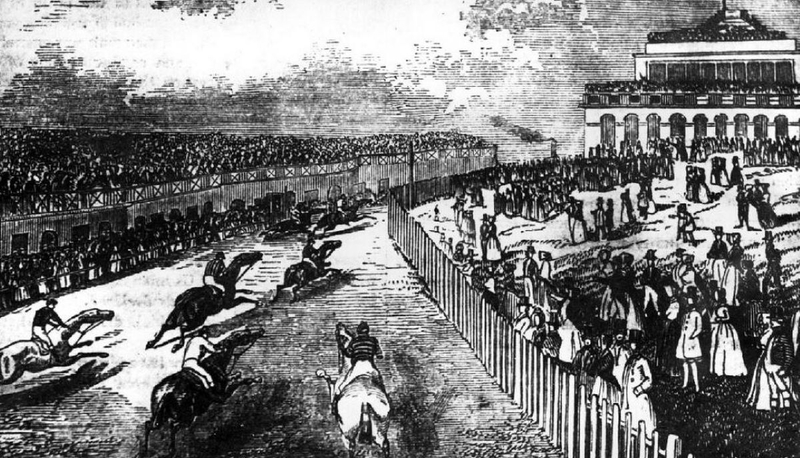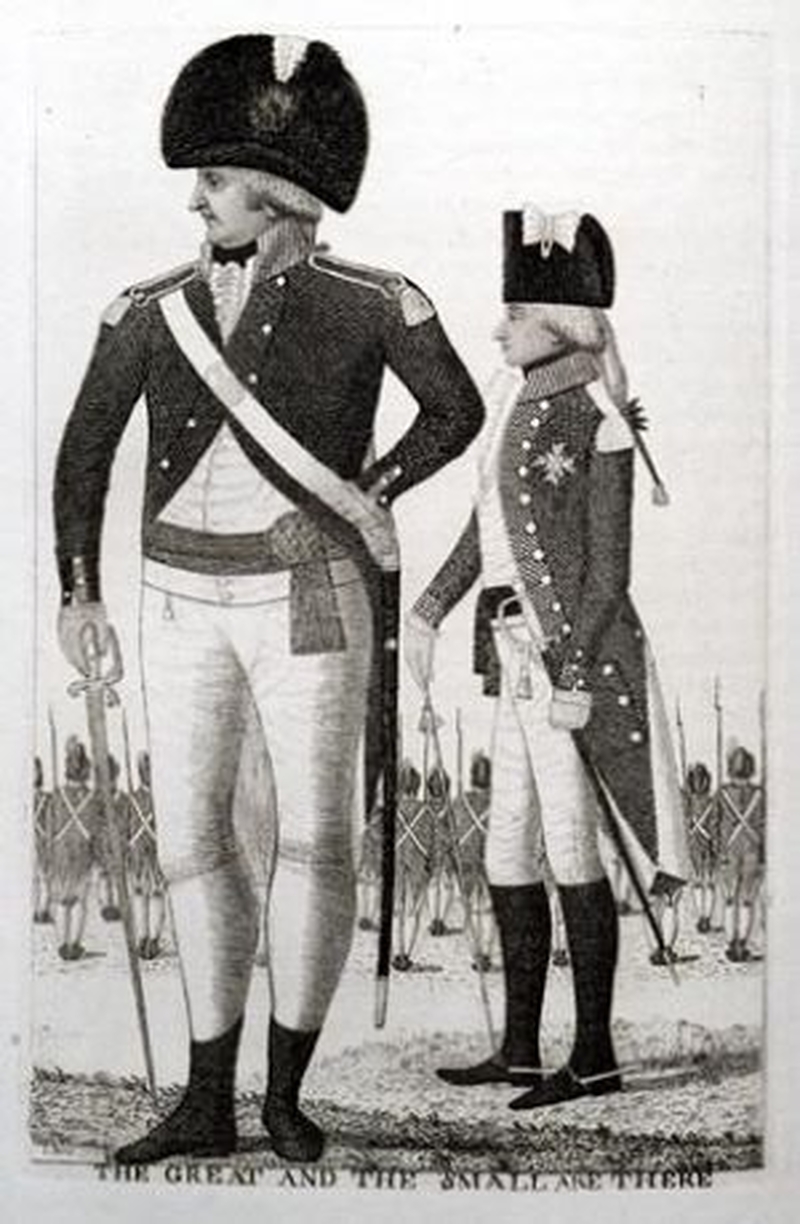Jonathan Schofield tells the story of one of the city's greatest rogues
Central Manchester sports Minshull Street, Aytoun Street and both cross or meet Major Street which also crosses Chorlton Street. The latter does not refer to Chorlton-cum-Hardy but Chorlton on Medlock, the area immediately south of the River Medlock.
Chorlton on Medlock used to sport a grand half-timbered mansion called Chorlton Hall. This was the home of the Minshull family and 1769 was occupied by the widow Barbara Minshull who owned a huge swathe of land on both sides of the River Medlock. This was becoming extremely valuable as Manchester rapidly grew.
Aytoun was so drunk during the marriage service he had to be held upright by friends
In the summer of 1769 she went to the fashionable and rowdy Kersal Races. Also attending was a Scot, Roger Aytoun, who was quite a sight. He was 6ft 4”, extremely handsome and wearing a full military redcoat uniform. The latter was odd because he wasn’t in the army, but he knew it was good for getting the girls.
There was a strange custom at Kersal where it was not just the horses that raced but also men competing in ‘nude racing’, which probably meant near nude rather than fully naked. Rumour is when 65-year-old widow Barbara Minshull saw the 20-something Roger Aytoun charging down the track she found herself immediately attracted after ‘studying his form’.

Three weeks later they were married, Aytoun attracted, it would prove, more by her status as one of the richest women in the North. Aytoun was so drunk during the marriage service he had to be held upright by friends. Minshull lived another fourteen years (probably much longer than Aytoun had hoped) and during this time Aytoun employed himself to a rigorous squandering of her fortune on wine, women and recruitment.
His military aspirations were met when he bought a commission becoming a major, hence Major Street linking Aytoun and Minshull Street. He helped raise a Manchester volunteer regiment which fought with distinction at the three and a half year Great Siege of Gibraltar against the Spanish and the French.

December 1778 saw the first anniversary of the raising of the volunteers. Bells were rung at intervals throughout the day and Sir Thomas Egerton of Heaton Hall presided over a dinner at the Bull's Head (roughly where the atrium between M&S and Selfridges presently sits). Aytoun was there as well.
A report from the time said the evening passed 'with the greatest Harmony & decorum despite a potentially disabling series of Toasts'.
Remember, every toast meant a slug on a spirit, probably whisky. This would have suited Aytoun to the ground. There were 25 toasts.
They were offered to 'The King & Constitution, the Queen and Royal Family, General Clinton and the Forces in America, Royal Manchester Volunteers and the 16th of December, Lady Patroness, Britons strike Home, Lord North, Vigour in our Measures and Unanimity in our Councils, Disappointment to the Enemies of Great Britain, Detection and Infamy to the Abettors of Great Britain, Prosperity to the County of Lancashire, Town and Trade of Manchester, Colonels and Corps, The Members of the House of Commons, who voted in favour of the Trade of the County of Lancaster, the last Session of Parliament, Governors and Garrison of Gibraltar, Every British Tar, Mr. M'Donald, Major Horsfall, Lord Cornwallis, Sir William Erskine, The Spirit of the Nation properly exerted, May the British Standard never suffer by French Fire, May the spirit of the Manifesto be carried into Execution, Army and Navy of Great Britain.'

One of Aytoun’s recruitment methods in Manchester was distinctive and notorious. This involved Aytoun having a fight for a wager with another toper. If Aytoun won the loser had to join his regiment. Aytoun gained a nickname from this madness which was the delightful, ‘Spanking Roger’. This sounds like a good name for a bar on Canal Street or in the Kampus development.
There was pub named Spanking Roger in Miles Platting once upon a time.

His memorial now are those streets in the city centre which recall this colourful rogue and his opportunistic marriage. These streets were laid out in his time in Manchester to generate cash for his extravagant lifestyle. When Barbara died Aytoun in very short order married Jean Sinclair of Balgregie, another rich woman with whom he had a child. He moved back to Scotland and died in 1810.
(The main image at the top of this story is William Hogarth’s ‘Rake’s Progress’ which seems apt.)
If you liked this you might like
Strange city: how a Manchester moth proved Darwin's evolution theory
Strange city: Manchester City with a railway through the ground
Strange city: when the Manchester dead rose from their graves
Get the latest news to your inbox
Get the latest food & drink news and exclusive offers by email by signing up to our mailing list. This is one of the ways that Confidentials remains free to our readers and by signing up you help support our high quality, impartial and knowledgable writers. Thank you!

















